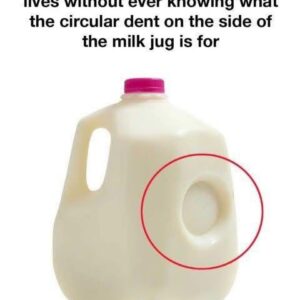Andrew G.
Hey, Andrew. Thanks for your question. In short: yes, the EPA can do this. But there’s a process. To break it down a bit more, we asked AP climate reporter Matthew Daly, who has covered the EPA for years. Here’s what he said:
The EPA under Trump has the ability to propose the rule change, but it has to go through the required legal process, including public comment, before the rule in finalized.
Here is where it gets tricky: The 2009 endangerment finding issued by the Obama administration was based on a 2007 Supreme Court ruling, in a case known as Massachusetts vs. EPA, that determined the EPA has legal authority to regulate greenhouse gases as air pollutants under the Clean Air Act.
Opponents of the rule change are virtually certain to challenge the Trump proposal in court. They say EPA is seeking to deny settled science and settled law by creating legal distinctions that have no basis in the law. Abigail Dillen, president of the environmental law firm Earthjustice, said EPA Administrator Lee Zeldin and the EPA are “pretending that the pollution causing climate change is not hurting us, even as we suffer more devastating climate disasters every year.”
The Trump EPA said, in arguments it has used on other rule-making, that greenhouse gases — which contribute to global warming — don’t pose health dangers to people and, therefore, don’t qualify as air pollutants like smog or other known health risks.
There will be a lot of legal — and scientific — give-and-take over whether that is true.




